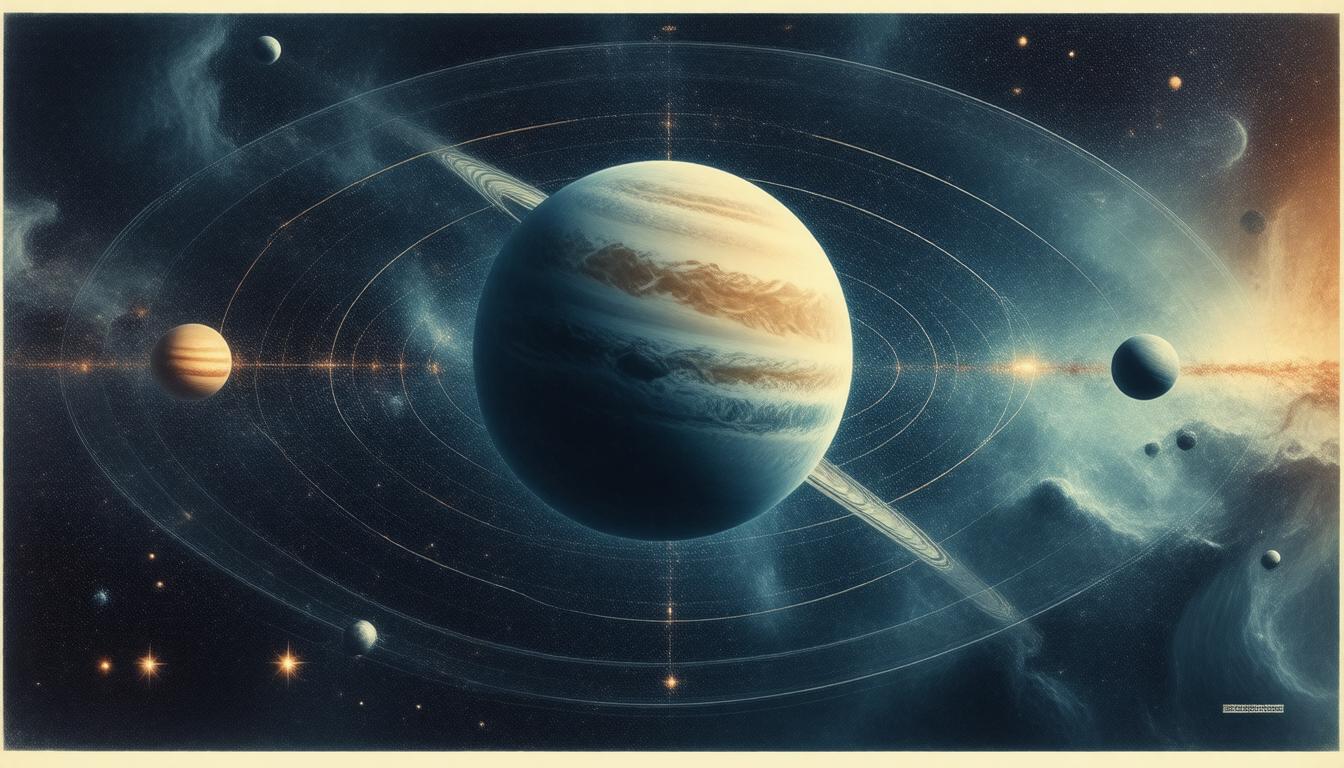Orbital mechanics, often referred to as flight mechanics, is a branch of physics and engineering that studies the motions of artificial satellites and spacecraft. This discipline focuses on understanding how these objects move under the influence of various forces, including gravity, atmospheric drag, and thrust. In this article, we will explore the fundamental principles of orbital mechanics, highlighting its historical roots, core concepts, and important applications in space exploration.
The Historical Roots of Orbital Mechanics
The foundation of orbital mechanics can be traced back to the 17th century with the groundbreaking work of Isaac Newton. His formulation of the laws of motion and the law of universal gravitation laid the groundwork for understanding celestial and satellite motion. While celestial mechanics deals with the motion of natural celestial bodies like planets and moons, orbital mechanics applies these principles to the trajectories of artificial satellites and other space vehicles.
Key Principles of Orbital Mechanics
-
Conic Sections and Orbital Types
At the heart of orbital mechanics lies the concept of conic sections. The shape of an orbit can be categorized into four types, based on the eccentricity of the orbiting body relative to the body it is orbiting:- Circle: Eccentricity (e) = 0
- Ellipse: 0 < e < 1
- Parabola: e = 1 (often representing escape trajectories)
- Hyperbola: e > 1 (indicating an object that will not return to the gravitational influence of the primary body)
The most commonly studied orbits are elliptical orbits, which describe the majority of artificial satellite paths around Earth.
-
Orbital Elements
To precisely describe an orbit, six parameters known as orbital elements are defined:- Semi-major Axis: Represents the average distance of a satellite from the primary body.
- Eccentricity: Measures how much the orbit deviates from a perfect circle.
- Inclination: The angle between the orbital plane and the equatorial plane of the primary body.
- Periapsis and Apoapsis: The closest and farthest points in the orbit relative to the primary body, respectively.
- Argument of Periapsis: The angle between the ascending node and the periapsis.
- Time of Periapsis Passage: The time at which the orbiting body reaches periapsis.
-
Newton’s Laws of Motion & Orbital Dynamics
Newton’s laws govern the movements and interactions of objects. Specifically, the law of universal gravitation explains the attraction between two masses, dictating the path an object will take when influenced by gravity. The application of various concepts like uniform circular motion and orbital maneuvers is crucial for mission planning, ensuring satellites reach intended orbits and perform desired functions. -
Orbit Perturbations
No orbit is perfectly stable; external forces can disrupt an orbit over time. Factors such as atmospheric drag, gravitational influences from other celestial bodies, and solar radiation pressure can cause changes in a satellite’s trajectory. Understanding these perturbations is essential for long-term mission planning.
Applications of Orbital Mechanics
Orbital mechanics is not just theoretical; it has numerous practical applications, including:
- Satellite Launch and Trajectory Optimization: Orbital mechanics helps engineers design optimal launch trajectories to achieve necessary orbital insertion successfully.
- Space Rendezvous and Docking: Calculating the paths needed for satellites to meet in space or dock with larger vehicles.
- Interplanetary Travel: Planning trajectories for spacecraft to visit other planets or celestial bodies, leveraging gravitational assist techniques to conserve fuel.
- Satellite Operations: Managing the orbits of satellites for communications, weather monitoring, and Earth observation.
The Future of Orbital Mechanics
As space exploration continues to grow, advancements in orbital mechanics will play a pivotal role in missions to the Moon, Mars, and beyond. Innovations in propulsion technology and spacecraft design will drive the evolution of complex maneuvers and precise orbital insertions.
Conclusion
Orbital mechanics serves as a crucial framework for understanding and manipulating the movement of artificial satellites and spacecraft within the gravitational tapestry of our universe. With its deep historical roots, essential principles, and diverse applications, it remains a fascinating aspect of aerospace engineering and beyond. As we continue to unlock the cosmos, the insights gleaned from orbital mechanics will undoubtedly be at the forefront of our exploration efforts.
Join Alpha Centi and give a unique boost to your career and professional profile today! [color=rgb(4, 53, 157)]https://alphacenti.org/join/[/color]


